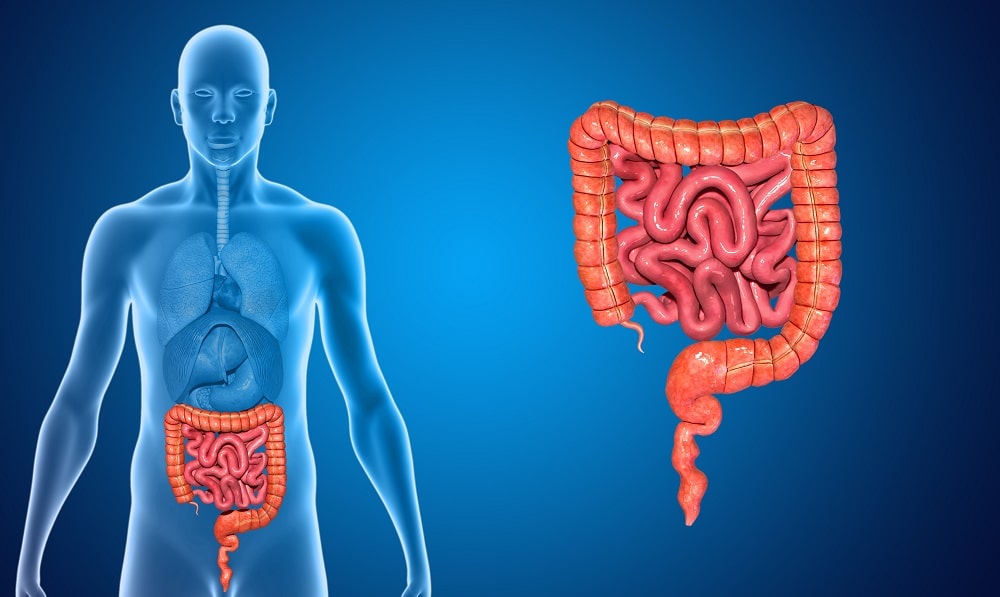Abdominal Pain

Abdominal pain is a common symptom that can occur due to various reasons. It is a discomfort or pain felt in the area between the chest and groin.
Overview
Abdominal pain is a common reason for a visit to the doctor, and even the emergency department! Abdominal pain, even from non-serious conditions, can lead to severe discomfort and distress needing urgent treatment. Abdominal pain is caused by a myriad of different conditions, ranging from simple constipation to life-threatening conditions such as a hole, or “perforation” of the stomach or intestines.
CAUSES AND RISK FACTORS:
Abdominal pain can be caused by many conditions related to the different organs in the abdomen:
- Skin: Herpes Zoster (shingles)
- Muscles: Straining of abdominal muscles due to strenuous exercise (e.g., “sit-ups”) or blunt trauma.
- Oesophagus: Gastroesophageal Reflux Disease or “heart burn” more often results in a burning sensation in the chest but can also causes upper abdominal pain. Reflux disease is often associated with hiatus hernias, where a portion of the stomach is abnormally situated within the chest causing stomach acid to flow back into the swallowing pipe (“oesophagus”) causing pain.
- Stomach: peptic ulcer disease and gastritis (inflammation of the stomach lining)
- Liver and gallbladder: Liver abscess, symptomatic gallstones (e.g., biliary colic and acute cholecystitis)
- Small Intestine: gastroenteritis (viral or bacterial infection), small bowel obstruction.
- Large Intestine: acute appendicitis (inflammation and infection of the appendix), constipation, diverticulitis, colitis, inflammatory bowel disease (e.g., ulcerative colitis and Crohn’s disease), large bowel obstruction etc.
- Pancreas: acute and chronic pancreatitis (inflammation of the pancreas)
- Bladder: Urinary tract infections. Kidney stones and infection of the kidneys rarely cause abdominal pain, but may cause back pain.
- Reproductive organs: Menstrual cramps (dysmenorrhea), ovarian cysts, endometriosis and complications of pregnancy (e.g., miscarriage, ectopic pregnancies etc.)
- Arteries: Abdominal aortic aneurysms (abnormal and life threatening dilatation of the aorta), obstruction of blood flow to the intestines.
- Medical conditions: High blood sugar (Diabetic Keto-Acidosis), acute porphyria, sickle cell crisis etc.
Risk factors for abdominal pain relate to the risk factors for each of the conditions listed above. As an example, peptic ulcer disease is associated with excessive alcohol intake, smoking, anti-inflammatories and stress. Constipation is associated with a lack of dietary fibre and an inactive lifestyle.
The cause of abdominal pain is difficult to pinpoint based on the position of the pain experienced. This is because organ pain (so-called “visceral pain”) is poorly localized and often radiates to areas far away from the source (this is known as “referred pain”). As an example, acute appendicitis may begin as pain around the navel or belly button. As the appendix becomes more inflamed and the lining of the abdominal cavity also becomes involved a more sharp, clearly localised pain (called “somatic pain”) is experienced closer to where the appendix is located (in the right, lower corner of the abdomen.)
For this reason, self-diagnoses should be avoided. Even experienced healthcare providers can make the incorrect diagnosis if they are not thorough and careful.
ASSOCIATED SYMPTOMS:
Abdominal pain can be associated with other symptoms which can often point towards the cause e.g.,
- Nausea and vomiting
- Diarrhoea or constipation
- Bloating or a complaint of having excessive gas
- Fever
- Loss of appetite
- Fatigue
- Difficulty urinating or painful urination
- Blood in the stool
- Jaundice (a yellow discolouration of the skin and the white of the eyes)
DIAGNOSIS:
Diagnosing the cause of abdominal pain can be challenging, as there are many possible causes. A healthcare provider will take a detailed medical history and perform a physical examination. Depending on the suspected cause, the following tests may be ordered:
- Blood tests to check for infection, liver and pancreas conditions.
- Urine tests to check for urinary tract infections, kidney stones or pregnancy.
- Imaging tests, such as X-rays, ultrasounds and CT scans, to visualize the abdominal area.
- Gastroscopy or colonoscopy to visualize the gastrointestinal tract
- Stool tests
TREATMENT:
The treatment of abdominal pain depends on the underlying cause. In some cases, only symptomatic treatment (e.g., antispasmodics and simple analgesia) is needed. In other cases, medication may be prescribed to alleviate pain and to treat the underlying condition. Some common treatments for abdominal pain include:
- Antacids for GERD or peptic ulcer disease
- Laxatives for constipation
- Antibiotics for bacterial infections (e.g., urinary tract infections)
- Antispasmodics for irritable bowel syndrome
- Surgery to remove the gallbladder or appendix.
- Pain medication for severe pain
Last reviewed: 5 July 2024
Related Brochures


constipation
YOU ARE NEVER TOO YOUNG OR TOO OLD TO … HAVE CONSTIPATION
Constipation does not discriminate. Although some people may be ....